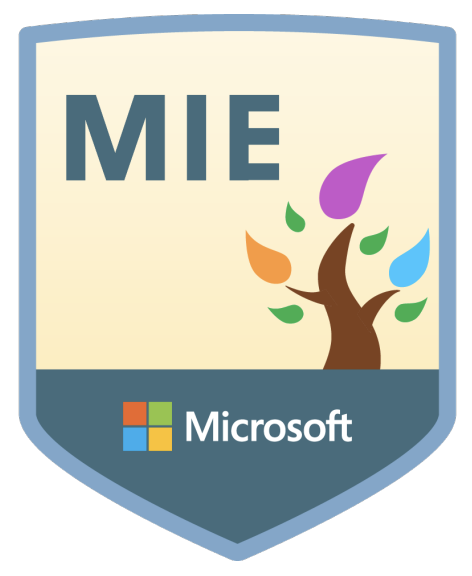- There are many benefits to starting slow. There is less stress for teachers and students as everyone is given additional time to get used to the new normal.
- Creating a schedule that is flexible and allows for students to work and connect at times that work for them is critical.
- Allow for time for teachers to connect with students and just normalize what their online space will look like. Check-out the fun themes that math teacher Julie Burnside put in place in her live sessions.
- While a teacher may not be physically present in a classroom, there are many ways to make oneself known in a digital space. Achieving connection online means utilizing a range of different communication methods and ensuring that you check in on them daily or hourly if needed. Discussion boards, emails, announcements, and data forms, are just some of the ways you can be present each day in your online classroom.
- Establishing and teaching routines, systems, and expectations clearly and consistently. Fewer “How do I…” or “Where can I…” questions and a smoother transition to distance learning. The two infographics below are good resources to use with students regarding netiquette.
| Created by Jennifer Wathall | Created by Touro Edu |
- Use a planning tool. Here is one planning template and here is a second one. Using a template might help you structure the learning in a different way than you would in a brick and mortar classroom.
- Encourage students to make a daily schedule to help them be successful. Oscar Cymerman shares a resource that helps student identify their chronotype and offers different schedules students might follow. You can read what a chronotype is here and why it's helpful to know yours.
- Organize the content in a pathway that learners will move through. Defining the path can be as simple as loading the resources and writing in you agenda the order in which students should move through them. There are other ways in which resources can be presented to students. One example of this is the use of Hyperdocs.
- Check-out the linked post and podcast about creating a hyperdoc by Jennifer Gonzalez.
- (Here is an example of a hyperdoc that I saw on Twitter today by Kevin Feramiso) You might also read this post,
- "7 Tips To Create Personal Learning Paths In eLearning" by Christopher Pappas. Feedback along the way is crucial. That's for another blog post!
- Linked is a folder of templates you can copy and use to create your own hyperdocs.
- Create a system for students to contact and connect during office hours. Trying to field requests and questions through email can be very difficult when you have a large class load as our teachers do at the high school level. Have students submit through a Google Form or post to Padlet. That way you have a central place to look and a easy visual to see if you have missed anyone.
- Seth Godin shared tips for Video Conferencing.
- Do This Not That - created by Alison Yang - This is one of my favorite resources to share.











 RSS Feed
RSS Feed
